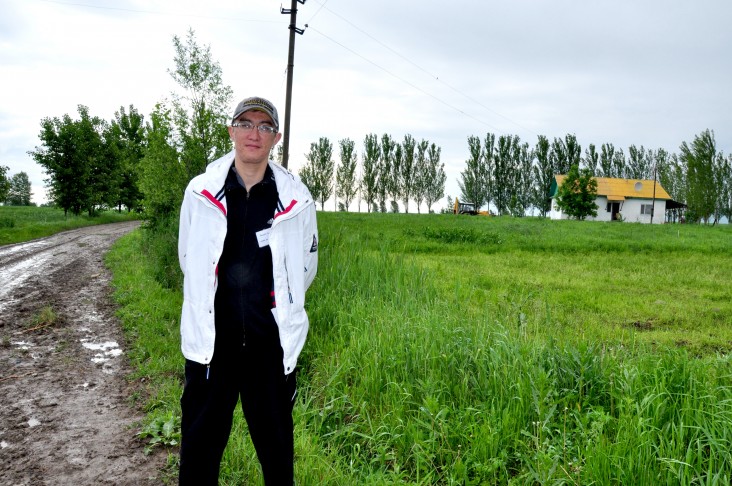
“Now I sell the feed to my neighbors, while my cows receive nutrients straight in the field,” the farm’s owner, Bolat Alipov, said.
The vast majority of farms in Kazakhstan lack the modern knowhow to operate as effectively and efficiently. With the fall of the Soviet Union, most of the collective farms were split into small, privately owned units that cannot afford agricultural specialists, quality inputs, or modern equipment. Farms are still operated as they were at the beginning of the last century.
The Alipov-T farm, like many others, used to keep its herd of 60 milking cows in a poorly operated barn and used their 200 hectares of land to grow corn, oats, barley, wheat, and hay. The herd was producing an average of 12 liters of milk per cow per day.
USAID formed an alliance with several American companies. The team worked with the Alipov-T farm to introduce rotational grazing methods and helped the farm install an electric fence around 52 hectares of cropland previously used for hay. Within a month the herd was producing an average of 15 liters of milk per cow per day. After the partners suggested changing the cows’ diets, milk production increased again to 17 liters. In addition, feed costs have decreased dramatically.
“Now that the cows are grazing in the pasture throughout the day, the cows receive dry feed only in the evenings,” Alipov said. “We save on diesel, machinery, and staff time that were formerly required to produce and bring hay and water to the barn, as well as to remove the manure.”
Demonstration days and training sessions have already spread the message about the new methods far across the country and to neighboring Kyrgyzstan, Tajikistan, and Russia. As the USAID program ends, the initiative will be continued by the Kazakhstan Scientific Research Institute on Livestock and Forage Production.







Comment
Make a general inquiry or suggest an improvement.